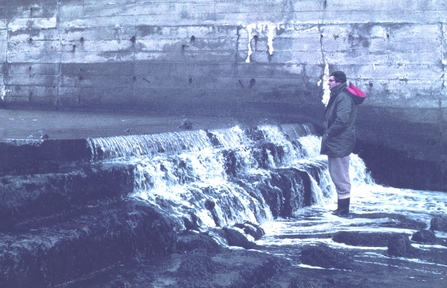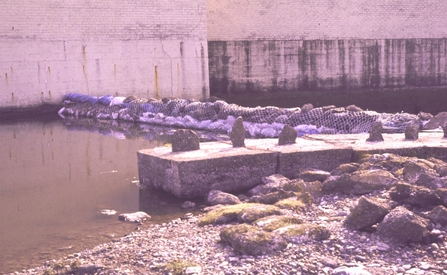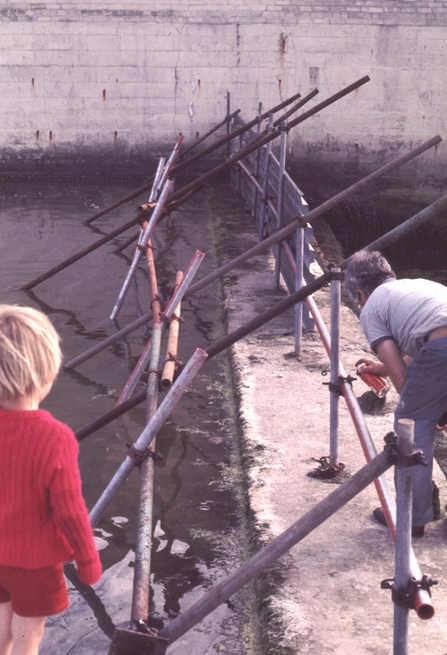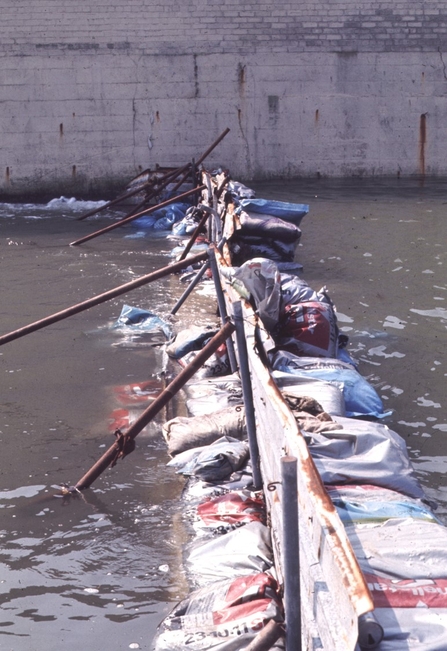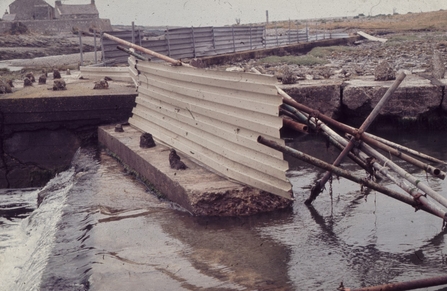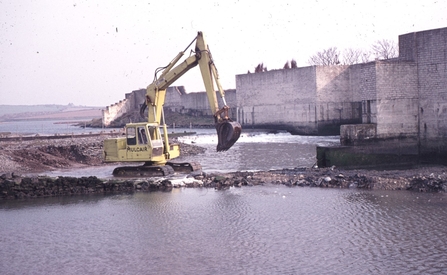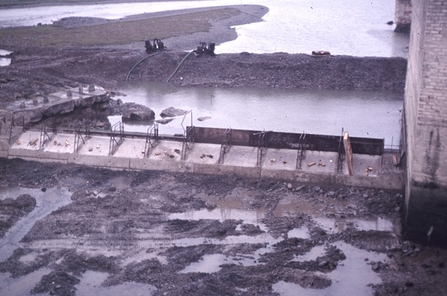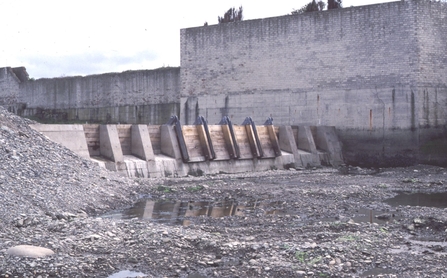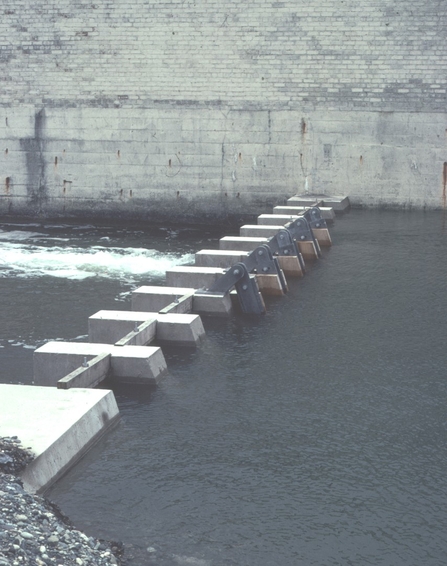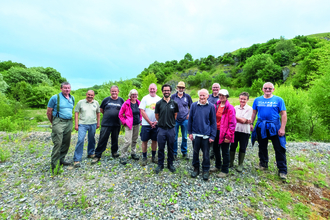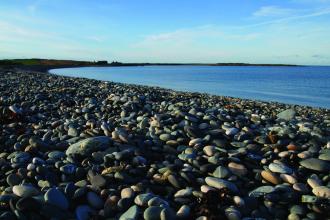In the beginning
Our previous blog recounted how Captain Hewitt moved to Anglesey in the early 1930’s and set up a bird sanctuary based around Bryn Aber; almost 200 acres of farmland, mudflats, saltmarsh, and the shingle ridge. This time we look at the story of the weir and its importance in protecting the tern colony.
Back in the 1930’s, during the summer months the mudflats partially dried out because the spring tides are not as high as in the spring and autumn. Accumulated rotting organic debris produced an unpleasant smell in hot weather and the mud flats and shallow pools provided an ideal breeding ground for large numbers of midges and mosquitoes. To alleviate this problem, Captain Hewitt had a dam constructed across the stream draining the area into the sea beside Bryn Aber. This created an area of shallow water permanently flooding the mudflats but leaving a few islands to the east of the house. Later the height of the dam was raised so that the water was 5ft deep behind the weir and averaged 1 - 2½ft across the rest of the lagoon making it more suitable for diving ducks, mergansers, little grebes etc..


